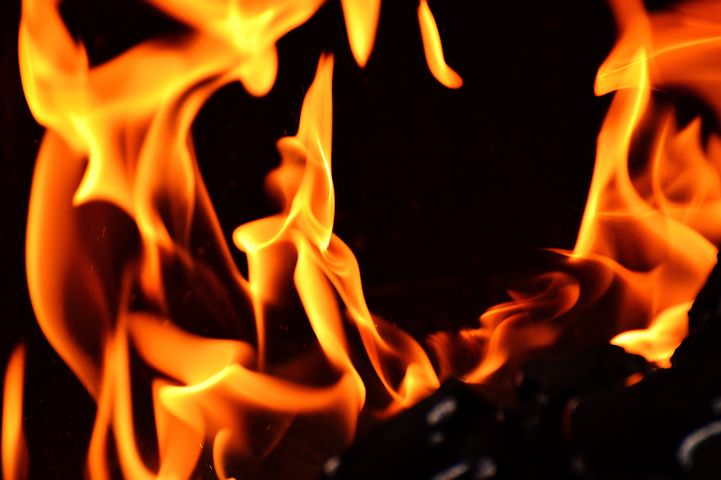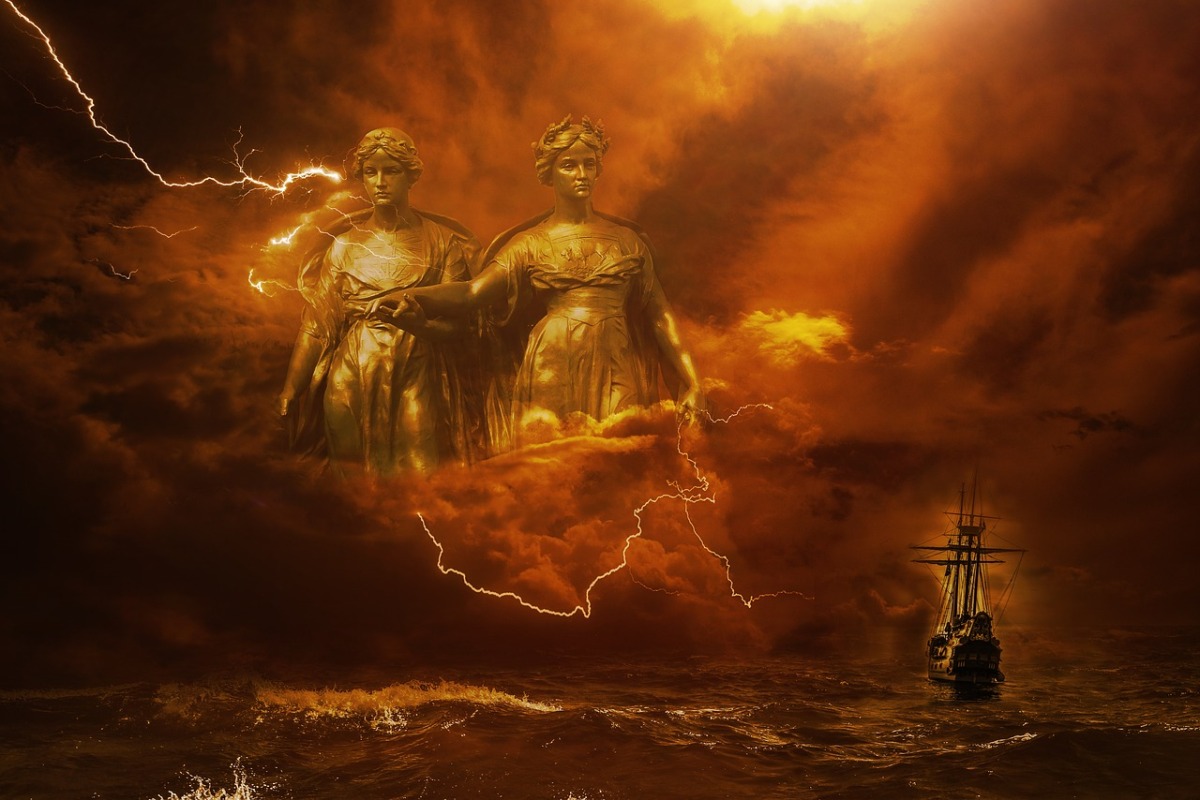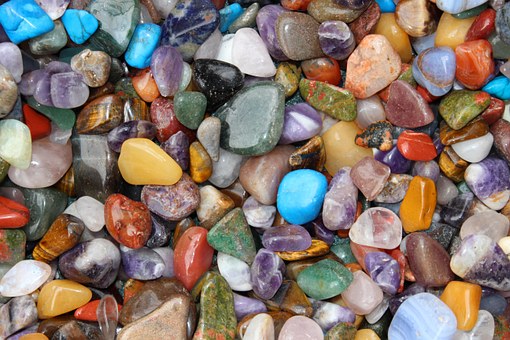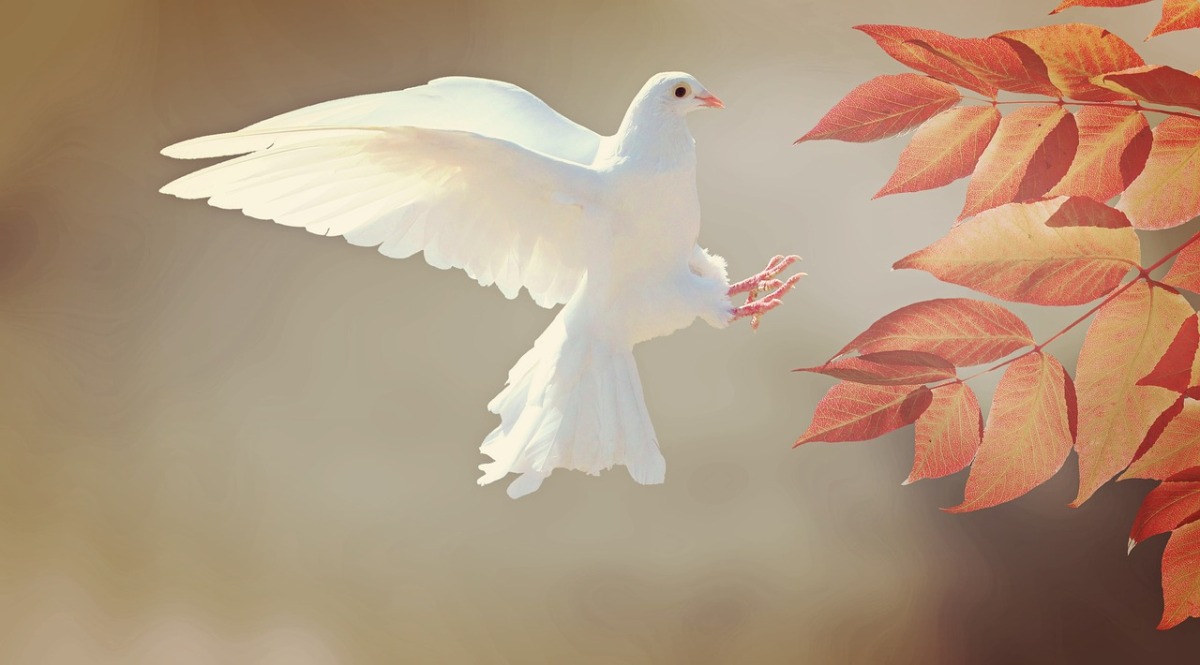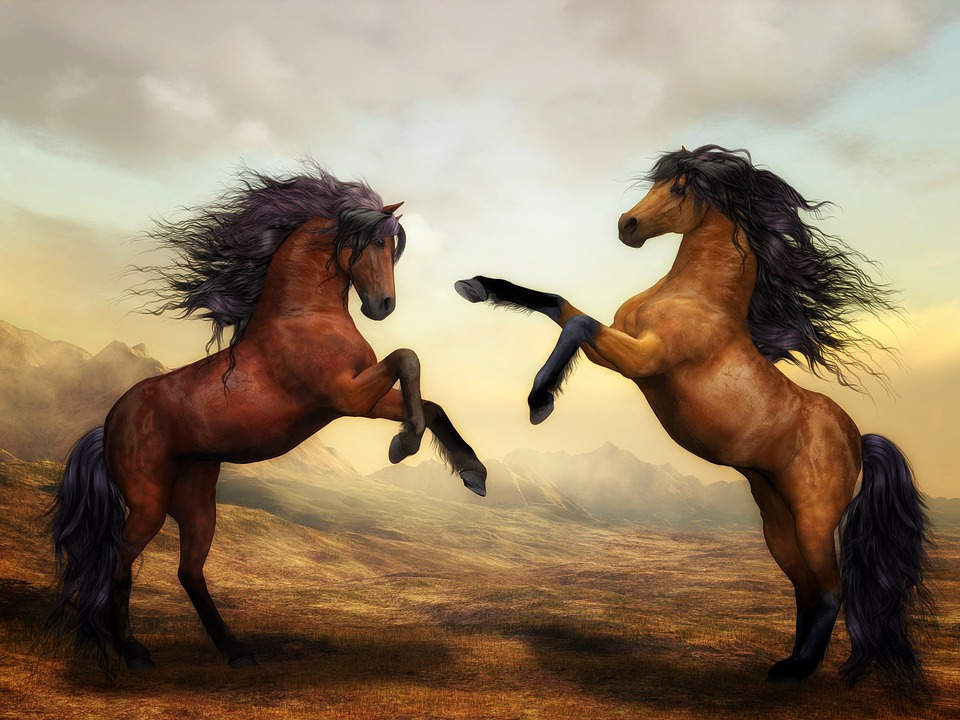Creator god. Australian aboriginal. Otherwise known as Gayandi he is the son of BAIAME and BIRRAHGNOOLOO and is worshiped principally by the Wiradyuri and Kamilaroi groups of aborigines in the southeast of Australia, who regard him as an intermediary between his father, the supreme being, and the human race. To an extent this role may have developed through Christian missionary influence
Tag: influence
AGNI (fire)
ORIGIN Hindu [India]. God of fire.
KNOWN PERIOD OF WORSHIP circa 1500 BC onward and still recognized.
SYNONYMS none.
CENTER(S) OF CULT known throughout areas of Hindu influence.
AESIR
ORIGIN Icelandic (Nordic). The major race of sky gods in Norse religion.
KNOWN PERIOD OF WORSHIP Viking period (circa AD 700) but developed earlier, until Christianization (circa AD 1100) and in some instances beyond.
SYNONYMS none known.
CENTER(S) OF CULT throughout areas of Nordic influence, particularly at Uppsala in Sweden.
ARCHON(S) (rulers)
ORIGIN Gnostic Christian (eastern Mediterranean]. Primordial creator gods.
KNOWN PERIOD OF WORSHIP circa AD 100 to AD 400 and probably persisting later.
SYNONYMS eksousiai (authorities, Greek).
CENTER(S) OF CULT undefined cells within the area of early Christian influence.
Amethyst:
Increases spiritual awareness, has a calming and soothing influence, has the ability to transmute negative into positive, and is very effective as a healing stone. Warmed and placed on the forehead and temples, it is good for headaches. Has the ability to draw through it forces directed towards the body and repels vibrations which the body doesn’t need, thus releasing only the energy patterns beneficial to the body. Best worn in healing near the heart center. Opens up spiritual and psychic centers. Helps prevent drunkeness.
Master of Animals
by Dr Alena Trckova-Flamee, Ph.D.
Master of Animals – a Late Bronze Age deity
In the Minoan and Mycenaean mythological and religious iconography appears a male deity, called later by the Greeks, Master of Animals. He is a counterpart of the Mistress of Animals (Potnia theron) 1 portrayed with wild animals, mainly lions and exerting his power over them. On the seals and rings-relief the Master of Animals is depicted with the Minoan manner, wearing only a small cloth around his slim waist and turning his body to show his muscular breasts and shoulders in a frontal position. The head, usually with beard and rich hair, has a strong facial expression. The gem from Kydonia or the Mycenaean seal ring are illustrating such type, while the well known Aegina Treasure-pendant represents the Master of Animals with an Egyptian influence. The motif is created by a completely different way. The deity looks like an Egyptian, holding waterbirds in his hands and his surrounding consists of double snakes and papyrus flowers. The Oriental seals from the Palace of Cadmus in Thiva are showing the Master of Animals with goats, some vegetation and various symbols from the Syrian and Mesopotamian mythology.
Hippeia
by Dr Alena Trckova-Flamee, Ph.D.
The name Hippeia has its roots in the Mycenaean period. It appeared between the names of divine figures in a form “OTNIA IQEJA” in the Linear Script B in a Tablet from Pylos. The word Potnia denoted a majestic, powerful and sublime lady, while Iqeja connected with the Greek word “íppeía”, which means a ride, a horsemanship, a cavalry, specified the sphere of the deity’s influence. Between the Mycenaean terracotta figures we can find some goddess riding sidesaddle on her horse, unfortunately we have no prove that this figure represented Iqeja.
Dievini
by Aldis Putelis
Dievini (diminutive plural from dievs) is a collective name for the group of minor gods of the Latvian pantheon. Mostly, the Dievini act as protecting and household gods. The word itself seems to be a more recent construction. Although being less described in the classical folklore, these could be the deities honored more in day-to-day life as the actual rulers of the household fortune and therefore of more influence.


